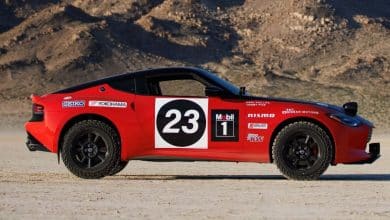
Alfa Romeo reintroduces the Milano name on a vehicle. The last time Alfa Romeo used it was on the North American version of the 75. Failing in the face of German competition, it was only sold in North America from 1986 to 1989. For 2025 , the Italian manufacturer is resurrecting the Milano name, but this time in the form of a subcompact urban SUV.
Contents
Purely Italian
Although the Milano is built on a platform widely shared within the group (Jeep Avenger, Fiat 600e, Opel Mokka, Lancia Ypsilon HP and Peugeot 2008), it adopts its own visual signature, and it is very strong.
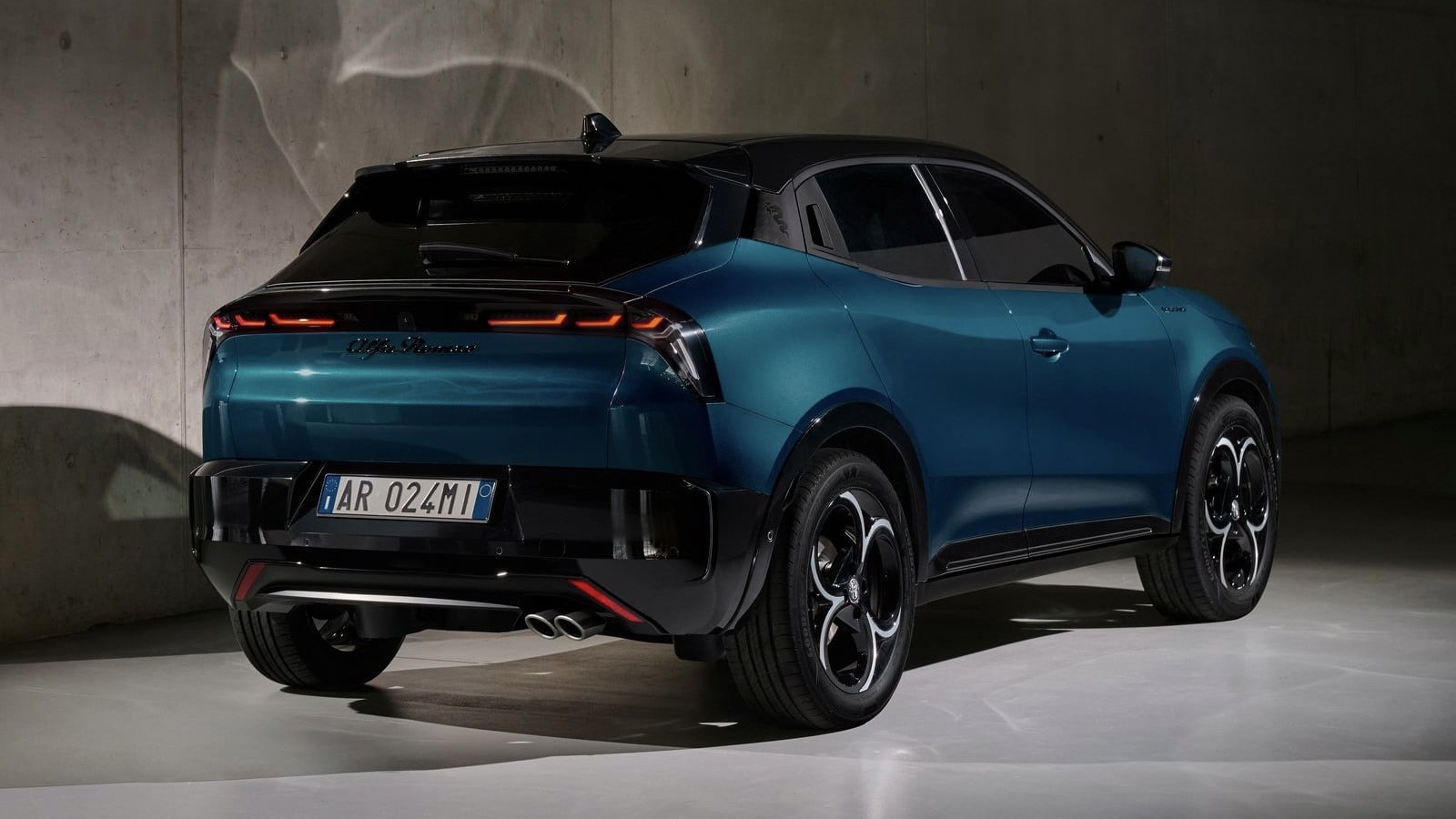
Most of the action happens at the ends. At the front, the LED headlight clusters take the 3-element daytime running light approach recently introduced in the Giulia, Stelvio and Tonale. However, we are going with a more complex structure. The Ellectrica electric version adopts a unique evolution of the “Scudetto” grille which is partially full. In its center, it is the manufacturer’s badge that takes shape. The versions with traditional engines are entitled to a classic grille with the Alfa Romeo inscription inclined like on the cars of the 1930s.
In profile, the shoulders and hips are pronounced for a strong character, and, as always with Alfa Romeo, the design of the rims is spectacular. As for the rear, in the single light strip, we find a reminder of the 3 lighting elements of the optical units. To reinforce the visual signature, the hatchback opts for a “Kamm tail” type rear body configuration which promotes aerodynamics.
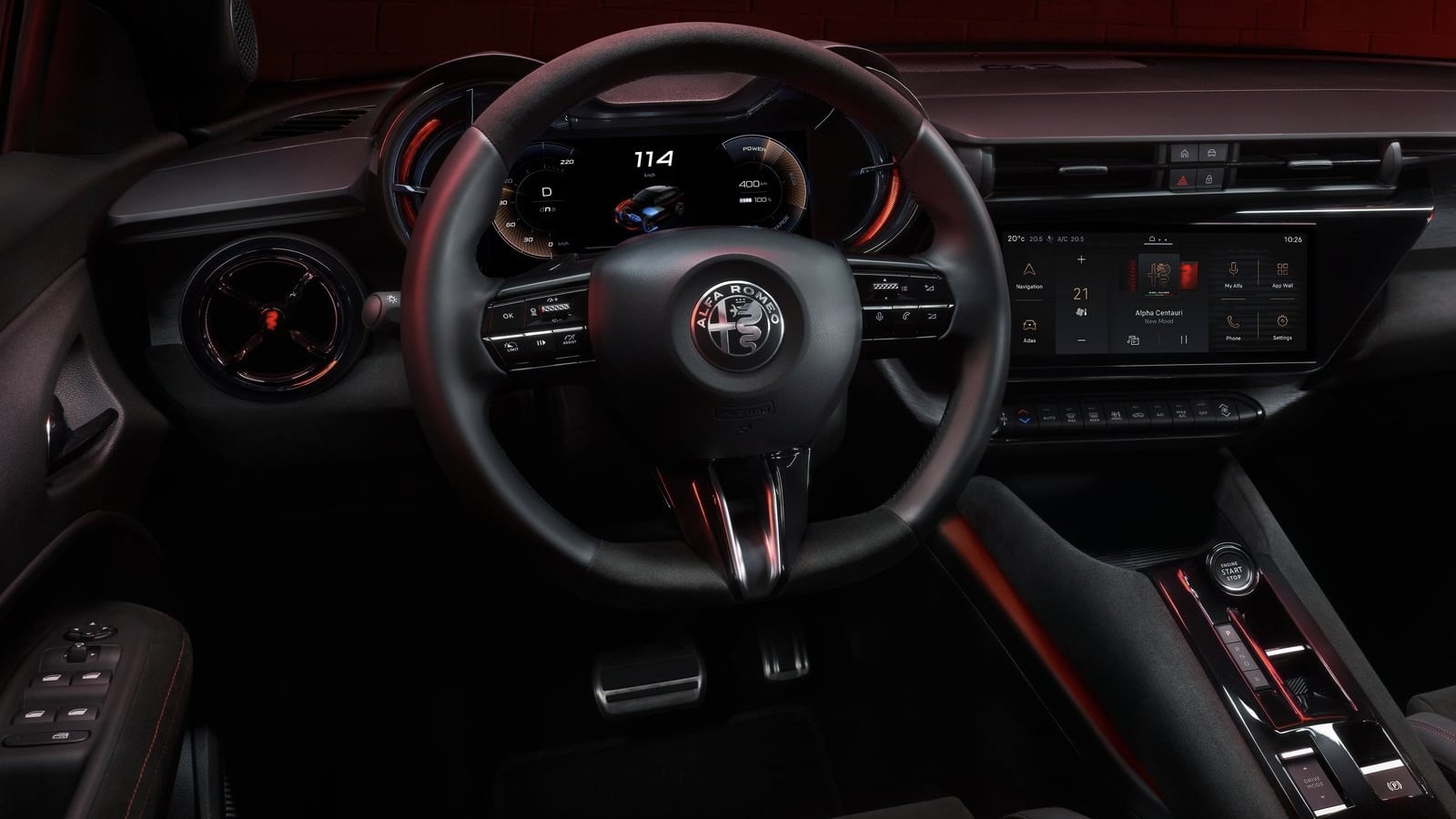
Dynamic interior
The interior follows the approach we know from the brand. Although the Milano is positioned below the Tonale in the range, it offers a young and modern presentation. The instrumentation in two large circles of the telescope type integrates a complete digital screen for the transmission of information. Below the air vents, the 10.25-inch multimedia screen is tilted slightly towards the driver. Although compact, the Milano offers up to 400 liters of cargo space with the bench backrest raised.
Electric and thermal
Since it’s built on the CMP2 platform, there are no big surprises under the hood. When the range opens, for the Ibrida version, the group renews the 1.2-liter turbocharged 3-cylinder engine which develops a power of 134 horsepower. The latter is supported by a mild hybridization of the 48-volt type and a small 28-horsepower electric motor integrated into the 6-speed dual-clutch automatic gearbox. For this engine, it is possible to have all-wheel drive as an option.
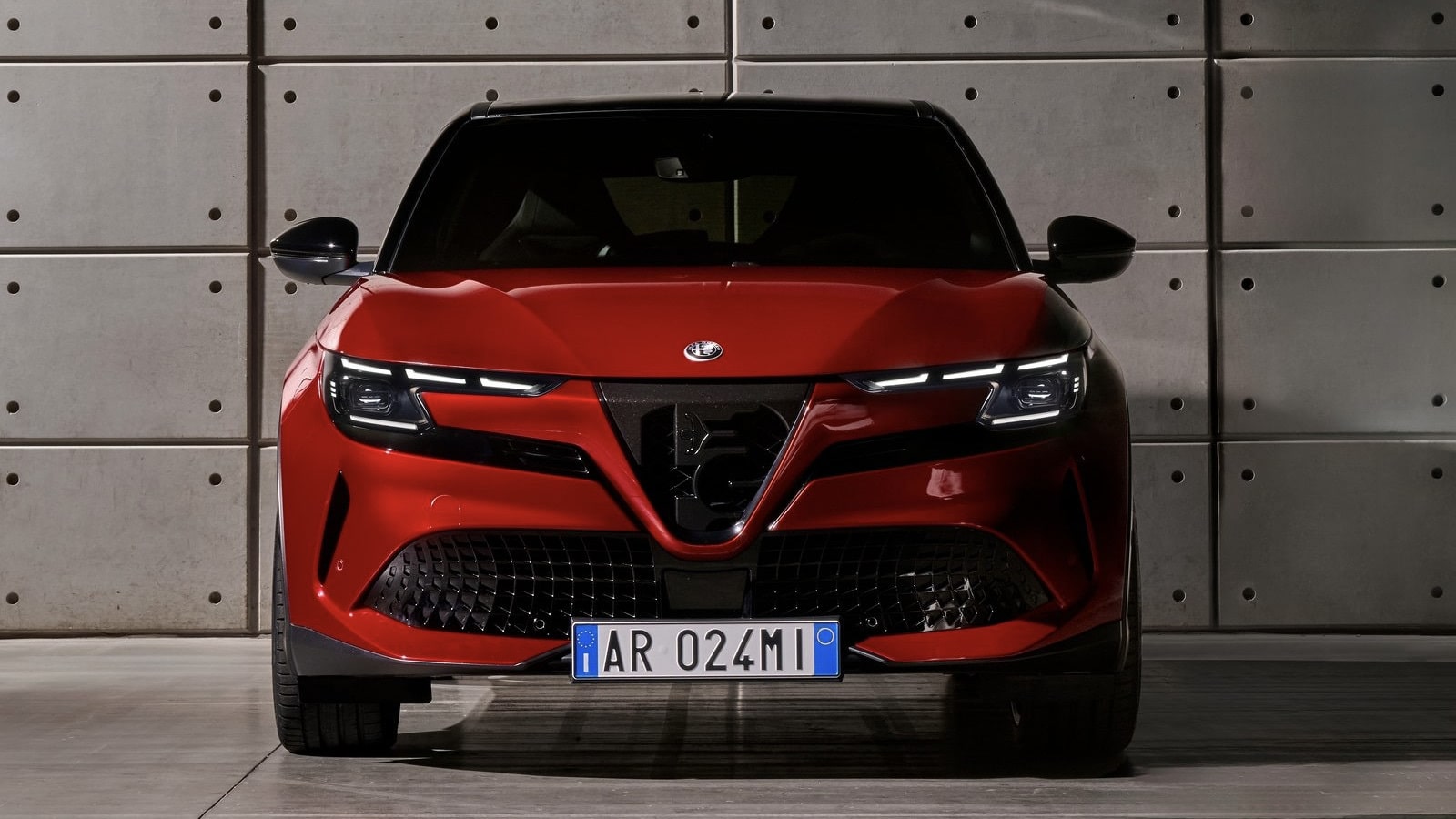
In terms of full electrification, the base model comes with a single 154-horsepower electric motor. The fully equipped Ellectrica Veloce version pushes the power to 237 horsepower. In both cases, only the front axle moves the vehicle forward. The battery is 54 kilowatt hours, which allows an announced range under the WLTP assessment of just over 400 kilometers.
Our opinion
Stellantis does not yet offer very high technologies in electrification, but this range of products built on the CMP2 platform could very well serve North American customers. You only have to look at the success that Hyundai is experiencing with the Kona electric or, even, Chevrolet with the Bolt EUV to understand that many people are fond of compact electric cars.
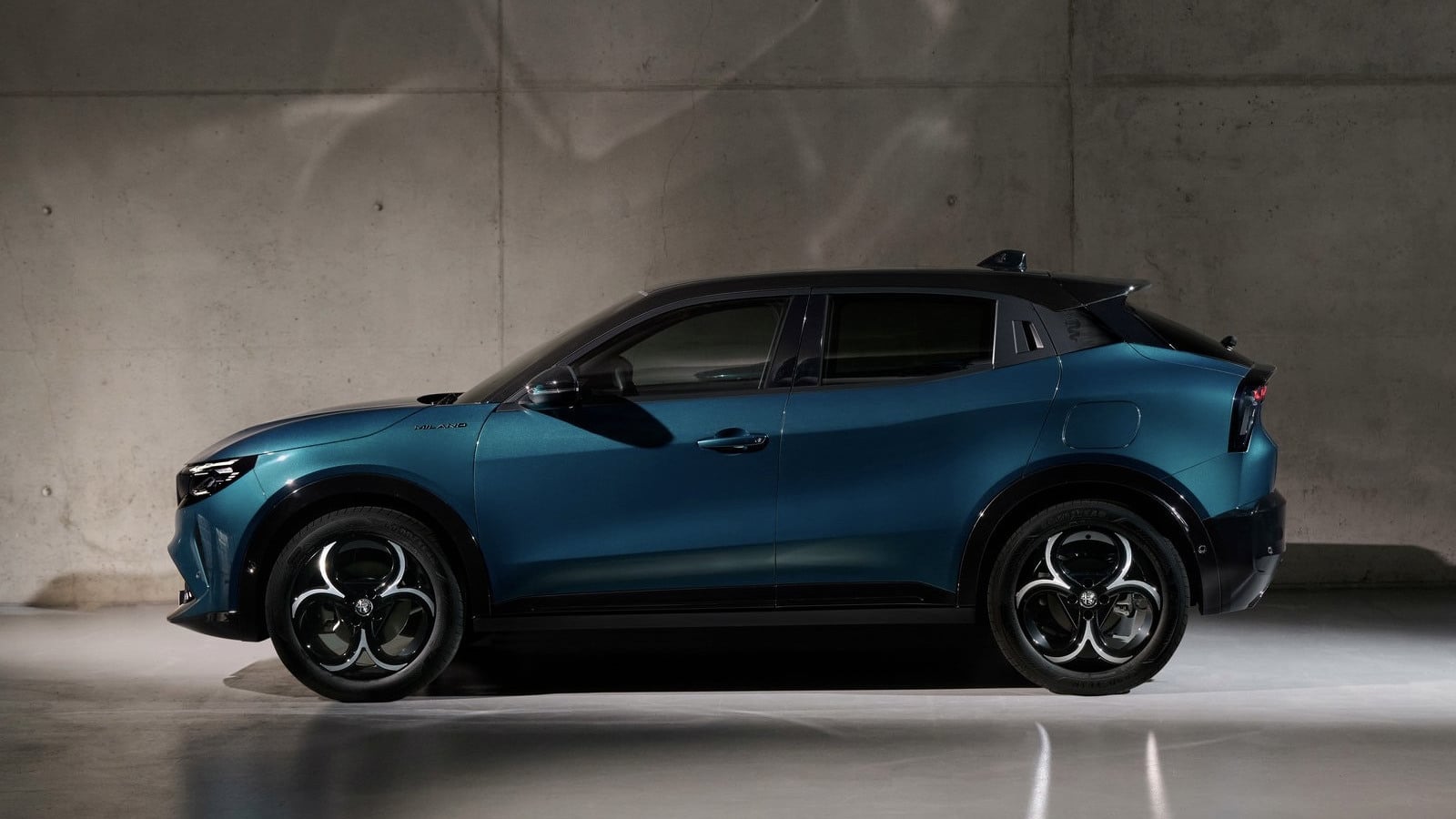
Priced around $45,000 for the base electronic model, the Milano would be a very interesting and stylish avenue for consumers. We’re talking about the Milano here, but this applies just as much to the Jeep Avenger which shares its engines. For the moment, neither the Jeep nor the Alfa Romeo are expected in Canada, and that’s frankly a shame.

